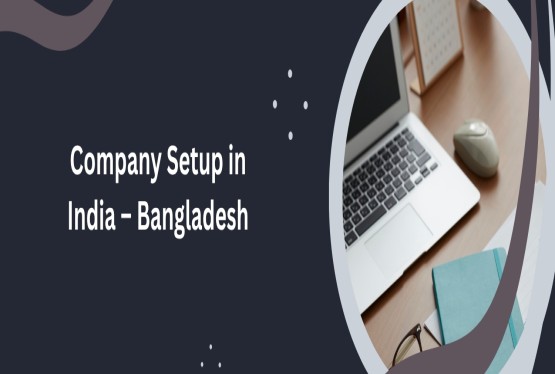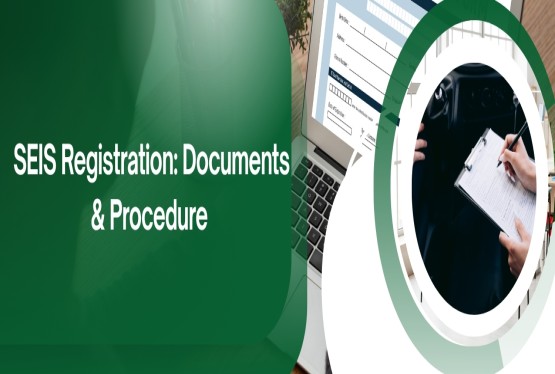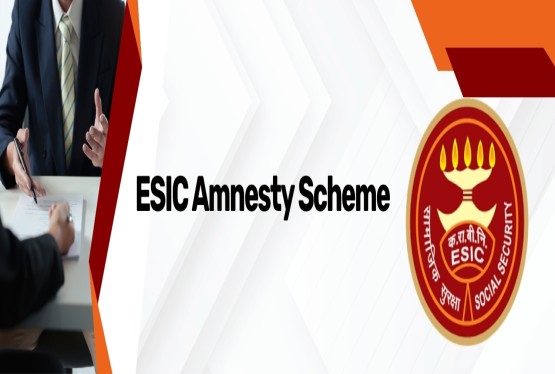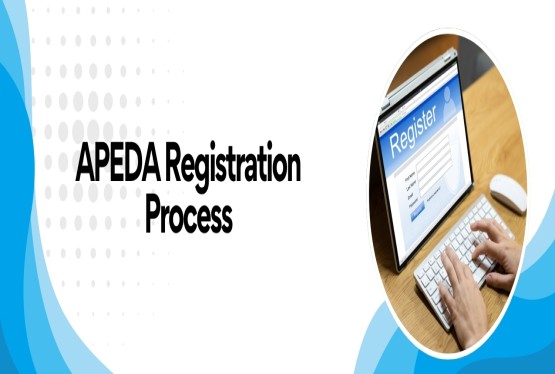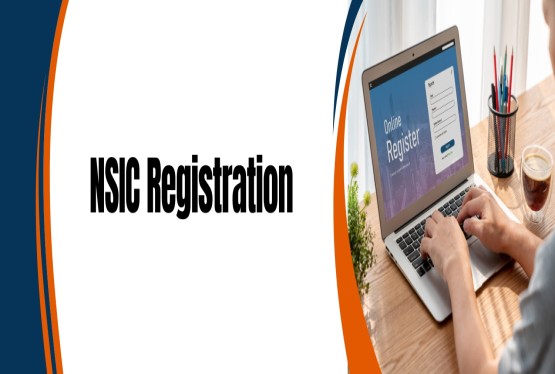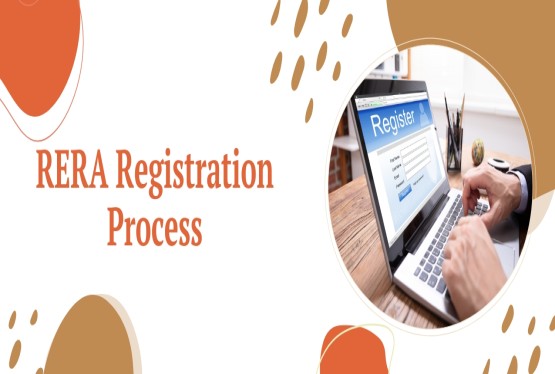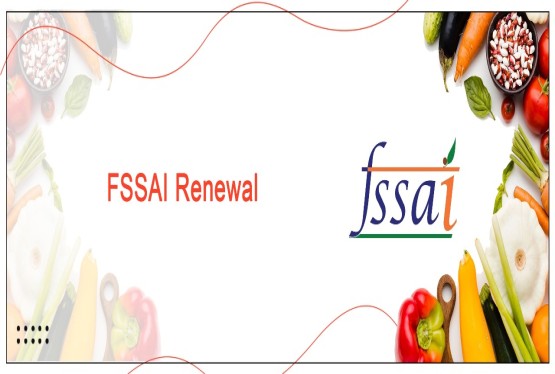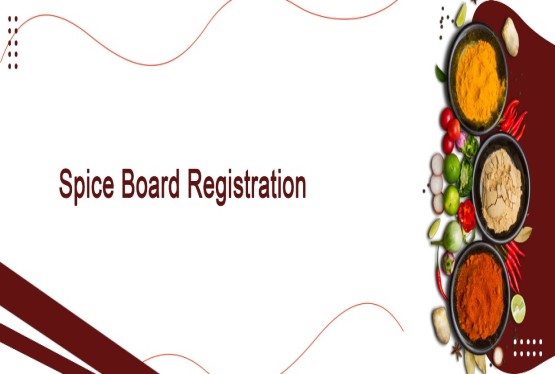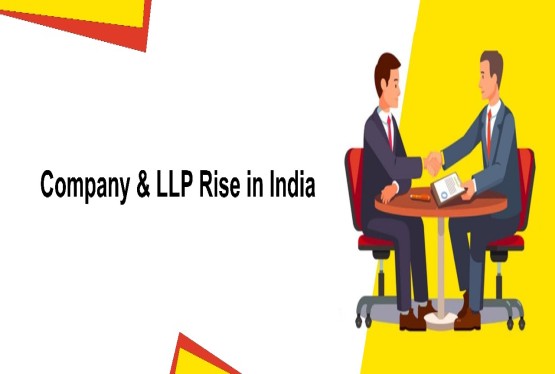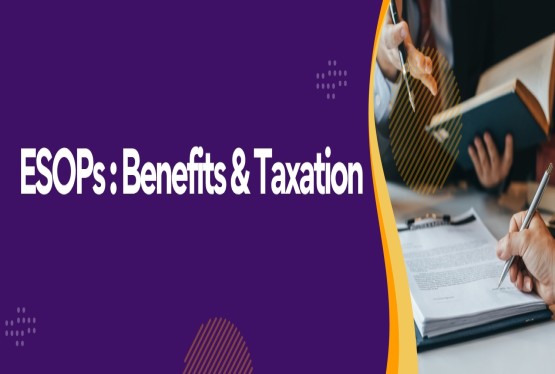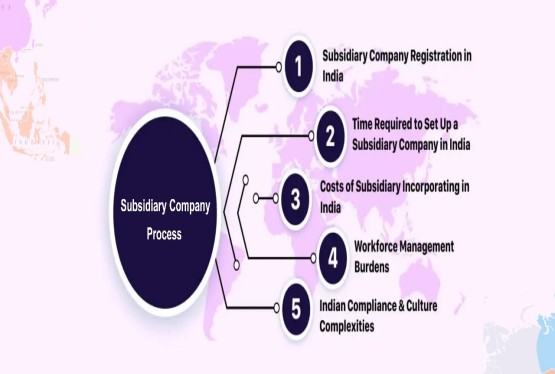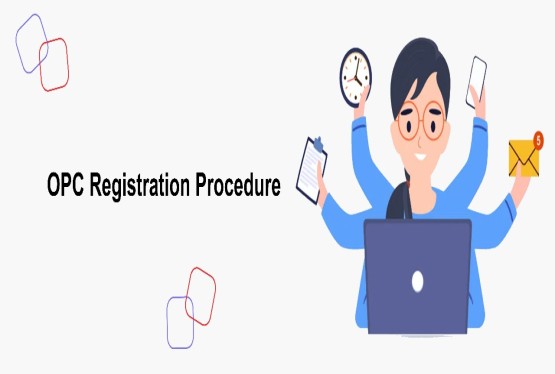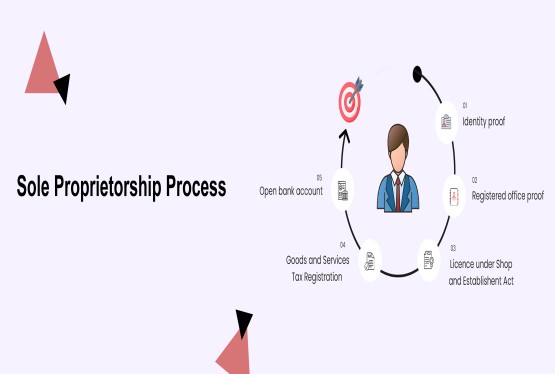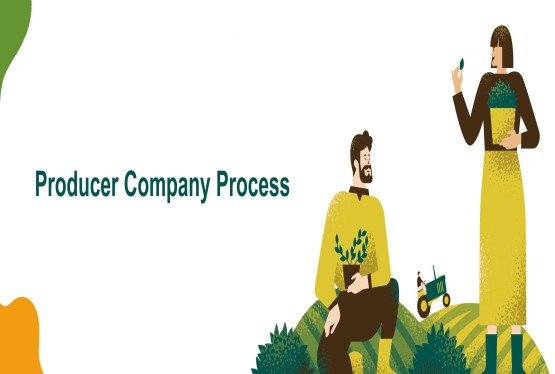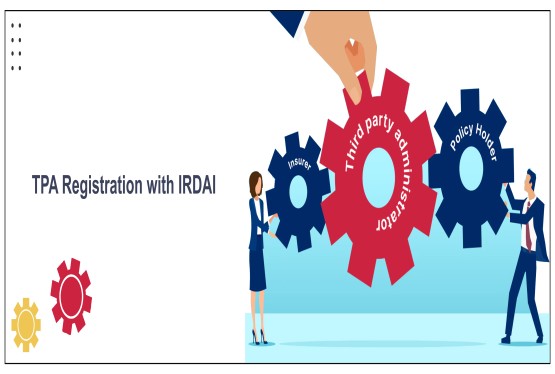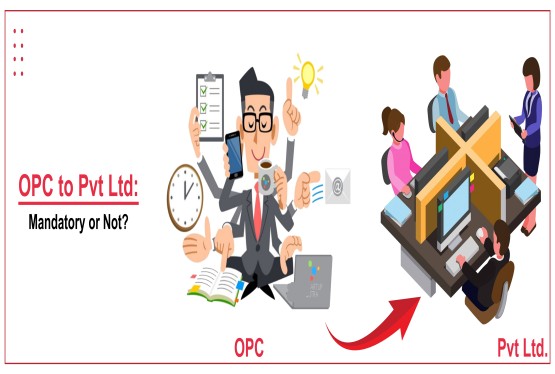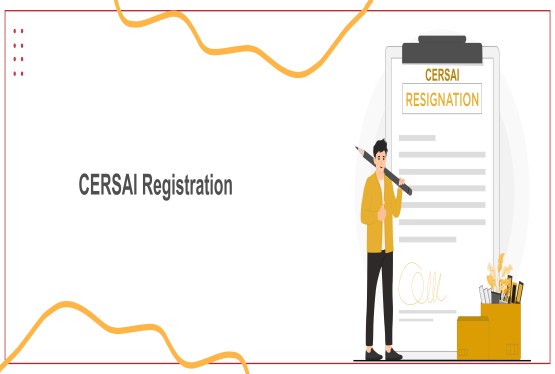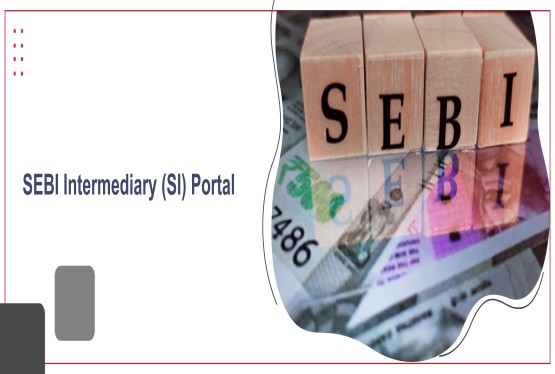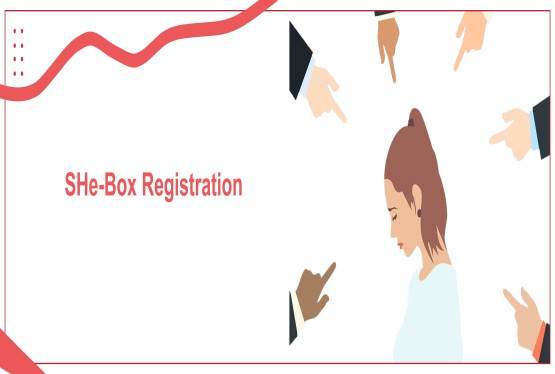The Service Exports from India Scheme (SEIS) is a government benefit given to Indian service providers who export their services and earn money in foreign currency. It helps businesses grow by offering rewards in the form of duty credit scrips. But to receive this benefit, companies must meet certain conditions. Not every service provider is eligible. You need to follow specific rules related to your business type, export income, and tax filings. In this article, we explain the eligibility criteria for SEIS registration in a simple way so that you can check whether your business qualifies and understand what steps to take to apply for the scheme.
What Is SEIS Registration?
SEIS Registration is the process of applying for benefits under the Service Exports from India Scheme (SEIS). This scheme was started by the Indian government to help businesses in India that earn money by providing services to clients in other countries.
If you run a business in areas like IT, consulting, education, legal, or hospitality and get paid in foreign currency, you may qualify for benefits under SEIS. The government gives these benefits as duty credit scrips, which are like vouchers. You can use them to pay import taxes or even sell them to someone else for money.
To get these benefits, service providers must register through the DGFT website, submit required documents, and meet certain eligibility rules.
Who Can Apply for SEIS Registration?
To apply for SEIS, your business must export services, earn foreign exchange, and follow DGFT rules under the Foreign Trade Policy, with proper GST or earlier Service Tax registration:
Service Provider Located in India
The business must be based in India, and the services should be provided from India to clients located outside India. This includes:
-
Services provided from India to clients overseas using the internet, phone, or other remote methods
-
Services used by foreign customers who travel to India, like international patients getting treatment at Indian hospitals
Legal Entity with IEC Code
The business applying must be a registered legal entity and must have a valid Import Export Code (IEC). Those who can apply include:
-
Partnerships or LLPs
-
Trusts, Societies, or other service organizations (if applicable)
Export of Notified Services
Only services listed in Appendix 3D of the FTP are eligible under SEIS. Some examples:
-
IT and software services
-
Business consulting
-
Accounting and legal services
-
Educational services
-
Medical and tourism-related services
Minimum Net Foreign Exchange Earnings
-
5 lakh in a financial year for individuals and sole proprietors
-
10 lakh in a financial year for other entities (like companies, LLPs)
Net Foreign Exchange (NFE) = Earnings in foreign currency – Expenses in foreign currency
Export Proceeds Must Be Realized in Foreign Currency
All payments for services exported must be:
-
Received in convertible foreign exchange
-
Realized through banking channels
-
Within timelines specified under FEMA and RBI guidelines
GST or Service Tax Registration (Depending on the Time of Export)
To qualify for SEIS, your business must be tax-registered based on when services were exported. For exports after July 1, 2017, GST registration and returns like GSTR-1 and GSTR-3B are required. For exports before that, Service Tax registration and proper filings must be in place to claim benefits.
Who is NOT Eligible?
-
Service providers who haven’t earned the minimum foreign exchange.
-
Entities whose services are not listed in Appendix 3D.
-
Entities that have not received payments in foreign currency.
-
Services rendered to Indian clients (domestic services).
Additional Conditions and Clarifications for SEIS
Eligibility of SEZ and DTA Units
Both businesses operating in Special Economic Zones (SEZs) and those in the Domestic Tariff Area (DTA) can apply for SEIS benefits, provided they fulfill the required conditions such as exporting eligible services and receiving payment in foreign currency.
Time Limit for Filing the Claim
-
SEIS applications must be submitted once every financial year.
-
The standard deadline is within 12 months from the end of the financial year in which the services were exported.
-
Extensions may be granted only if officially notified by DGFT.
Services Not Eligible for SEIS
-
Services that are both provided and used within India are not covered under SEIS.
-
Only services listed in Appendix 3D of the Foreign Trade Policy are eligible.
-
Exports made through third parties, where the actual foreign exchange earnings are not realized by the applicant, may also be considered ineligible.
Documents Required for SEIS Registration
-
IEC Certificate: Valid Importer Exporter Code issued by DGFT
-
Application Form ANF-3B: Digitally signed and filled with details of export services
-
CA/CS Certificate (Annexure to ANF-3B): Chartered Accountant or Company Secretary certificate verifying net foreign exchange earnings
-
Invoices and Forex Receipt Proof: Invoices plus FIRC (Foreign Inward Remittance Certificate) or BRC (Bank Realization Certificate) showing foreign currency receipt
-
Invoice-FIRC/BRC Statement: Table format mapping invoices to corresponding remittances
-
Service Description: Brief summary aligning your export services with the SEIS-notified services list (Appendix 3D)
-
RCMC Certificate: Registration-cum-Membership Certificate issued by the relevant Export Promotion Council
-
Digital Signature Certificate (DSC) or e-Sign: For secure filing on the DGFT portal
-
Declarations & Undertakings: As per Form ANF-3B, confirming compliance with DGFT and FEMA rules
Relevant Laws and Authorities for SEIS
Foreign Trade Policy 2015–20 (Chapter 3)
Chapter 3 of the Foreign Trade Policy 2015–20 introduced SEIS to promote service exports from India by offering duty credit incentives to eligible service providers earning foreign exchange through notified services.
DGFT Public Notices and Notifications
DGFT issues public notices and notifications to provide updates, clarify procedures, extend deadlines, and announce changes related to SEIS, ensuring applicants follow the latest rules and policy guidelines for successful claims.
Appendix 3D: List of Eligible Services
Appendix 3D contains the official list of services eligible under SEIS. Only exporters offering these notified services can apply for benefits, making it crucial to match services before filing a claim.
Handbook of Procedures (HBP)
The Handbook of Procedures (HBP) explains the detailed process for applying under SEIS, including forms, documentation, timelines, and compliance steps, serving as a step-by-step guide for eligible service exporters.
FEMA and RBI Regulations: Forex Realization Timelines
FEMA and RBI regulations require that export earnings be received in convertible foreign exchange within a specified time frame, usually nine months. Timely forex realization is essential to qualify for SEIS benefits and prove genuine export activity.
GST Act, 2017: For Tax Filings and Zero-Rated Exports
Under the GST Act, 2017, service exports are treated as zero-rated supplies, meaning no GST is charged. Exporters must be GST-registered and file returns like GSTR-1 and GSTR-3B to support their SEIS claim and show export compliance.
Latest Updates on SEIS Policy
-
The Government had extended SEIS benefits for Financial Years 2019–20 and 2020–21, but the incentives were capped and limited.
-
As of now, no SEIS benefits have been announced for FY 2021–22 onwards under the Foreign Trade Policy 2023.
-
A new scheme, RoDTEP for Services (Remission of Duties and Taxes on Exported Services), is currently under consideration and may replace SEIS in the coming years.
Overall Summary
The Service Exports from India Scheme (SEIS) helps Indian service providers who earn foreign exchange by exporting services. But to get these benefits, businesses must follow certain rules. You need a valid IEC code, your services must be listed in Appendix 3D, and you must earn a minimum amount in foreign currency. You also need to be registered under GST or earlier Service Tax, and receive your payments through proper banking channels within the time allowed by RBI. Only services provided from India to clients outside India are allowed. By thoughtful and following these rules, businesses can apply for SEIS smoothly. It’s also important to stay updated with any new changes, as SEIS may be replaced with a new scheme like RoDTEP for Services in the future.
Frequently Asked Questions (FAQs)
Q1. Who can apply for SEIS registration?
Ans. Any Indian service provider (individual, firm, LLP, or company) who exports notified services and earns foreign exchange can apply, provided they meet the conditions set by DGFT under the Foreign Trade Policy.
Q2. What types of services are eligible under SEIS?
Ans. Only services listed in Appendix 3D of the Foreign Trade Policy are eligible. Examples include IT services, legal, consulting, medical, and education-related services.
Q3. Do I need to be registered under GST to apply?
Ans. Yes. For exports made after July 1, 2017, GST registration and return filing (e.g., GSTR-1 and GSTR-3B) is required. For exports before that date, Service Tax registration is required.
Q4. Can SEZ and DTA units both apply for SEIS?
Ans. Yes, service providers located in Special Economic Zones (SEZs) as well as those in the Domestic Tariff Area (DTA) can apply, subject to meeting all eligibility conditions.
Q5. Will SEIS be available for future years?
Ans. As of now, no SEIS benefits have been announced for FY 2021–22 onwards. The government is considering introducing a new scheme called RoDTEP for Services to replace SEIS.
Q6. What documents are required for SEIS registration?
Ans. Key documents include:
-
IEC certificate
-
ANF-3B application form
-
CA certificate confirming foreign earnings
-
FIRC/BRC, invoices
-
GST returns or Service Tax returns
-
RCMC (if applicable)
Q7. Is receiving payment in Indian Rupees allowed?
Ans. No, export proceeds must be received in convertible foreign exchange through proper banking channels, following FEMA and RBI guidelines.
Q8. How much foreign income is required to be eligible?
Ans. To apply:
-
Individuals/sole proprietors need at least Rs.5 lakh in foreign exchange earnings.
-
Companies, LLPs, and other entities need at least Rs.10 lakh.
Q9. What if my service is not listed in Appendix 3D?
Ans. Unfortunately, only services mentioned in Appendix 3D are covered under SEIS. If your service isn’t listed, you won’t be eligible for the scheme.
Q10. What is the timeline to file SEIS applications?
Ans. SEIS applications must be submitted within 12 months from the end of the relevant financial year. Late submissions are not accepted unless specifically extended by DGFT.

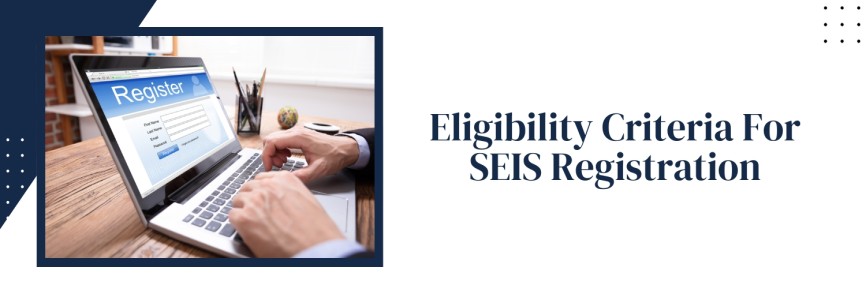










_crop10_thumb.jpg)





_crop10_thumb.jpg)




























-Form_crop10_thumb.jpg)

_crop10_thumb.jpg)























_learn_crop10_thumb.jpeg)
































_crop10_thumb.jpg)

_crop10_thumb.jpg)





















_crop10_thumb.jpg)















_for_Foreign_Directors_learn_crop10_thumb.jpeg)




_Act,_2015_learn_crop10_thumb.jpg)









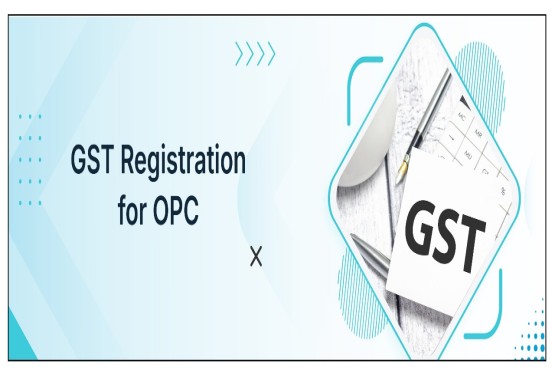






















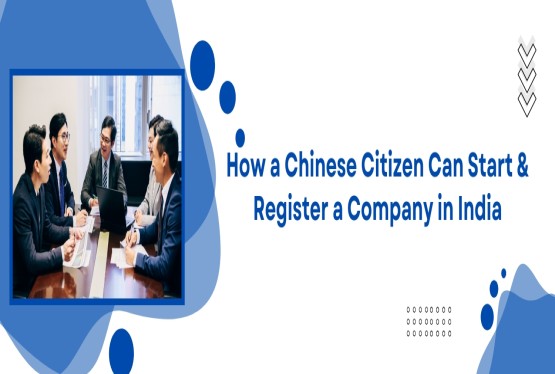
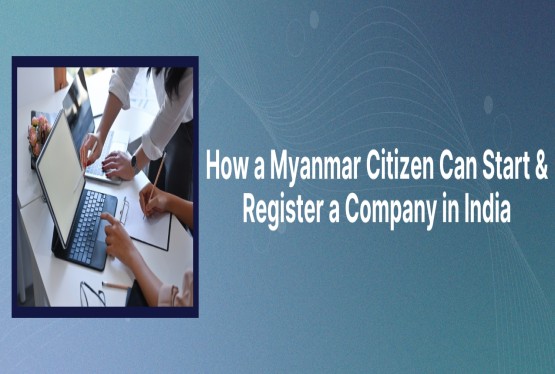
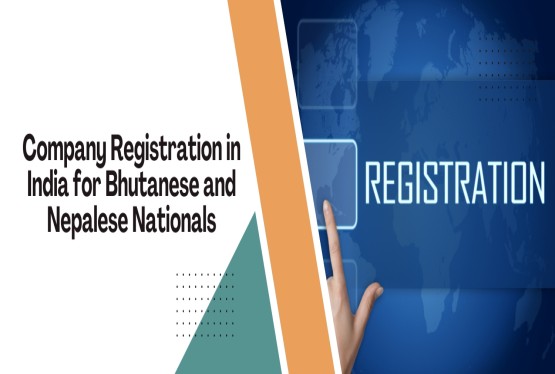
_learn_crop10_thumb.jpg)
